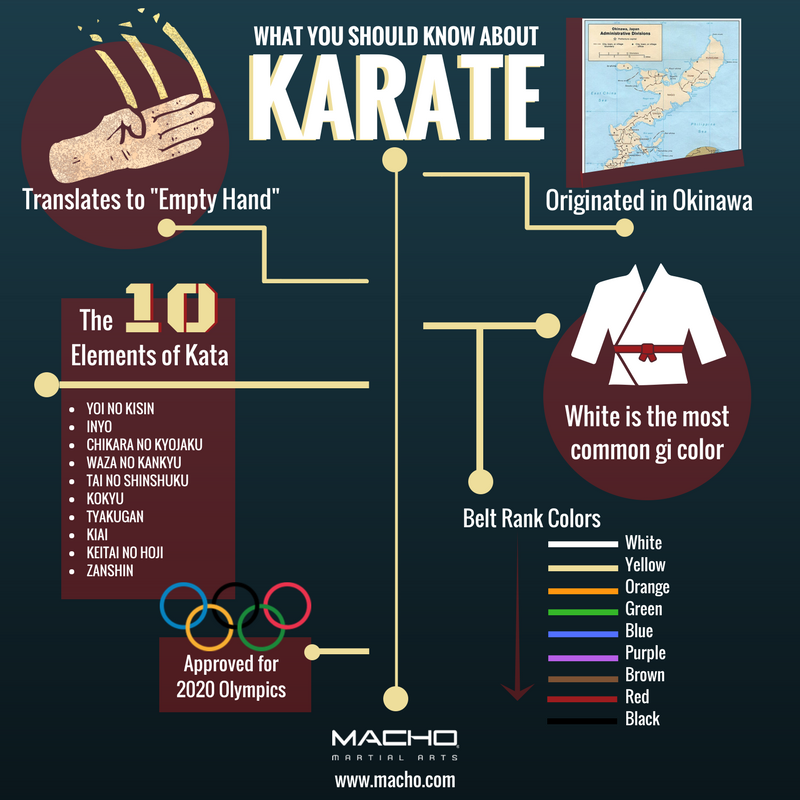The Advancement And Historical Context Of Martial Arts Worldwide
The Advancement And Historical Context Of Martial Arts Worldwide
Blog Article
Created By-Sutton Odonnell
Martial arts have a fascinating history that spans centuries and continents. You might locate it interesting how old methods like Shuai Jiao and Kalaripayattu prepared for contemporary combat techniques. These disciplines not just emphasize physical skills however additionally reflect the cultures that birthed them. As you discover their advancement, consider how globalization has changed these traditional kinds into hybrid styles. What influences do you believe have shaped today's martial arts landscape?
Ancient Martial arts: The Structures of Combat
As you explore the globe of ancient martial arts, you'll discover the abundant foundations that formed combat techniques throughout societies. Early techniques concentrated on Self-Defense and survival, usually incorporating strikes, grappling, and weapons.
In ancient China, for example, methods like Shuai Jiao highlighted tosses and joint locks, while India's Kalaripayattu showcased dexterity and liquid movement. Japanese samurai created Kenjutsu, a refined swordsmanship that highlighted discipline and technique.
These martial arts offered not just for battle but likewise as a way of personal development, instilling values like regard and willpower. The blending of these methods in time laid the groundwork for the diverse martial arts you see today, each mirroring the one-of-a-kind ideologies and demands of its culture.
The Social Impact on Martial Arts Development
While martial arts commonly mirror the useful demands of a culture, they additionally symbolize the cultural values and ideas of their beginnings. When you check out various martial arts, you'll notice how they're influenced by religion, ideology, and social norms.
For https://martial-arts-happy-kids54208.idblogz.com/35533310/discovering-the-spiritual-aspect-of-fighting-style-attaining-inner-harmony , the focus on respect and technique in Japanese martial arts stems from Zen Buddhism and samurai culture. On the other hand, Brazilian Jiu-Jitsu advertises flexibility and technique, shaped by the demand for effectiveness in a varied, multicultural environment.
You might locate that the routines, attires, and training methods show a community's background and identity. By understanding these cultural impacts, you strengthen your recognition of martial arts and their function in shaping human experiences around the world.
Modern Adaptations and the Globalization of Martial arts
Martial arts have transformed substantially in recent years, adjusting to contemporary culture and global influences. martial art classes 'll see that conventional kinds have blended with modern strategies, creating hybrid styles like mixed martial arts. These adjustments satisfy varied audiences, making martial arts available and enticing worldwide.
With the rise of social networks and digital platforms, you can locate tutorials and competitors from all corners of the globe, damaging geographical obstacles. This globalization has actually brought about a shared appreciation for various techniques, from Brazilian Jiu-Jitsu to Taekwondo.
As you engage with these arts, you'll recognize they're not almost battle; they advertise health and fitness, discipline, and mental well-being.
Eventually, contemporary adjustments have actually enriched the martial arts landscape, making it a vibrant and advancing practice.
Conclusion
In discovering the history and advancement of martial arts, you reveal a fascinating mix of techniques, cultures, and ideologies. From ancient techniques like Shuai Jiao and Kalaripayattu to the modern adaptability seen in MMA, martial arts show humanity's mission for Self-Defense and personal growth. As you engage with these techniques, you not just obtain skills but also a deeper gratitude for the diverse practices that form our globe today. So, continue your journey and embrace the art of fight!
